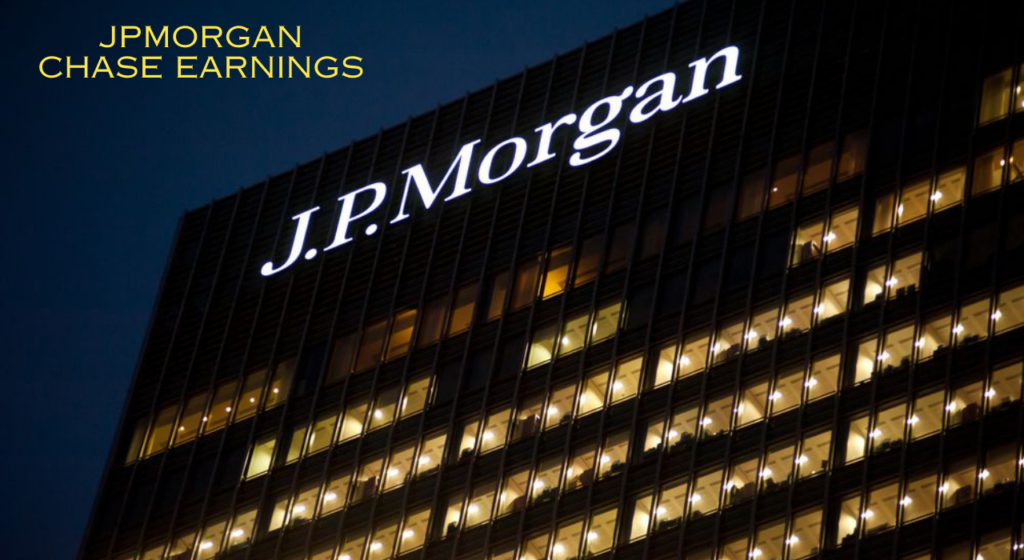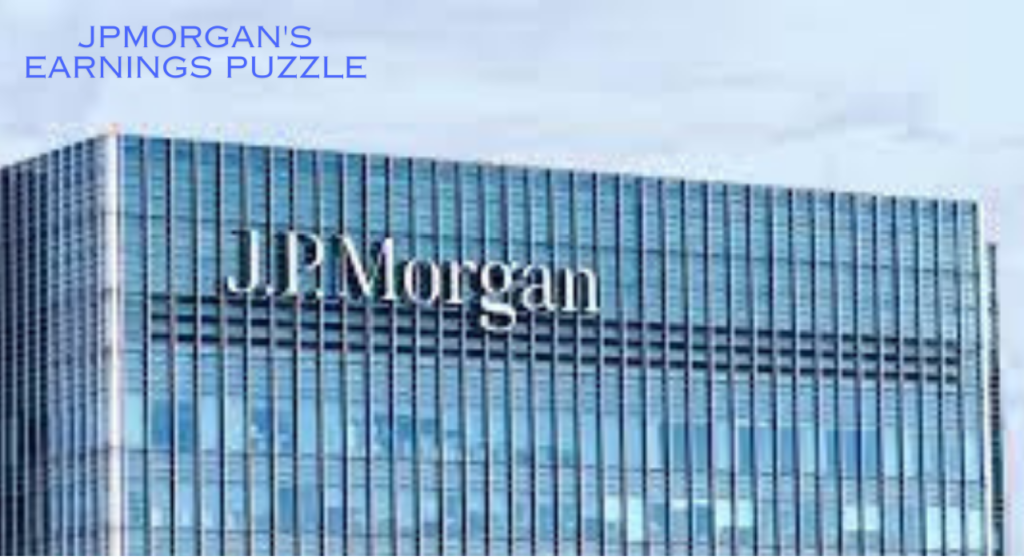JPMorgan Chase took the lead in the earnings season, but the initial figures may raise eyebrows due to some peculiar accounting intricacies. In the fourth quarter, the bank’s profit experienced a 15% dip compared to the previous year, landing at $9.3 billion—falling short of analysts’ expectations surveyed by FactSet.

Earnings per share stood at $3.04, also trailing the $3.35 estimate by FactSet. At first glance, these numbers might suggest a challenging period for the bank. However, the bigger picture tells a different story: JPMorgan just concluded its most profitable year on record.
Despite the quarterly dip, the bank witnessed remarkable growth throughout 2023. Annual revenue surged by an impressive 23%, reaching $158 billion. Profit also enjoyed a substantial uptick, marking a 32% increase for the year, totaling $49.6 billion.
So, while the quarterly figures may seem like a miss, zooming out reveals a broader narrative of success and resilience for JPMorgan Chase in what turned out to be a highly lucrative year.
Unpacking JPMorgan’s Earnings Puzzle
The recent earnings report from JPMorgan Chase left many scratching their heads, but a closer look reveals a crucial factor at play: the aftermath of the regional banking crisis. The Federal Deposit Insurance Corporation (FDIC) bore the weight of addressing the fallout from Silicon Valley Bank and Signature Bank collapses, shelling out approximately $23 billion in the cleanup. Notably, the burden of this expense fell significantly on larger banks.
JPMorgan’s profit took a hit due to a one-time charge of $2.9 billion directly linked to the crisis. This singular event distorted the quarterly figures, concealing the underlying strength of the bank. Stripping away this exceptional charge, JPMorgan clarified that its earnings would have been closer to an impressive $3.97 per share—well above initial estimates.
As the largest bank in the United States by assets, JPMorgan often serves as a barometer for the broader Wall Street landscape. The ripple effects of the regional banking crisis were not exclusive to JPMorgan, with other major banks grappling with similar challenges. Bank of America, for instance, incurred a $2.1 billion FDIC fee tied to the crisis. This contributed to the reported fourth-quarter earnings of 35 cents per share, falling short of FactSet estimates of 53 cents per share. However, Bank of America clarified that without these one-time fees, quarterly earnings would have been around 70 cents per share.
In essence, the earnings puzzle is unraveled by understanding the exceptional circumstances surrounding the regional banking crisis, emphasizing the resilience of major banks in navigating through unforeseen challenges.
Citigroup and the Earnings Complex
Citigroup found itself in the midst of a nuanced earnings landscape, paying a notable $1.7 billion fee to the Federal Deposit Insurance Corporation (FDIC). The impact of this fee manifested in a reported earnings loss of $1.16 per share for the fourth quarter, a figure well below the expected 11 cents per share, according to FactSet. However, Citigroup clarified that without the one-time costs, the fourth-quarter earnings would have stood at a more favorable 84 cents per share.
The challenges for Citigroup extended beyond the FDIC fee, encompassing additional costs such as an $880 million loss in Argentina and $780 million in restructuring expenses. These elements collectively influenced the bank’s overall results.
In the broader context, a JPMorgan spokesperson addressed the intricacies of their own earnings, emphasizing that FactSet and other analyst estimates did not incorporate a specific special fee in their forecasts. The spokesperson clarified that JPMorgan’s net income was diminished by $0.74 per share due to the FDIC Special Assessment. Despite reporting an earnings per share (EPS) of $3.04, which might seem like a miss initially, the spokesperson highlighted that many analyst estimates did not factor in the $0.74 per share paid to the FDIC.
JPMorgan, the leading performer among large banks in the United States last year with a 27% surge in shares, maintained its trajectory, with stock prices rising by 1.8% in premarket trading. The dynamics of earnings in the banking sector reveal a multifaceted narrative, showcasing the intricate balance between one-time charges and underlying financial strength.
Banking Earnings Overview: A Snapshot of Financial Giants
Here’s a concise rundown of the latest earnings from prominent banks:
JPMorgan Chase: JPMorgan celebrated its most lucrative year in U.S. banking history, marking seven consecutive quarters of record net interest income (NII). While an initial dip occurred due to a Q4 investment banking revenue miss, the stock rebounded when JPMorgan forecasted a continuation of this prosperous trend into 2024. The projection of net interest income at $90 billion for the year surpassed consensus estimates of $86.1 billion, leading to a 2.2% rise in stock.
Bank of America: Bank of America faced a setback as its results fell short of expectations. The fourth quarter saw reduced profits, influenced by various charges and an unexpected decline in revenue from fixed-income traders. Shares traded 2% lower in early Friday trade, with analysts anticipating potential net interest income headwinds.
Wells Fargo & Company: Wells Fargo grappled with higher-than-expected fourth-quarter costs, driven by severance charges and contributions to replenish the Federal Deposit Insurance Corp.’s main fund after last year’s bank failures. Modestly lower earnings per share led to a 1.6% slip in shares.
Citigroup Inc: Citigroup missed analyst estimates for Q4 revenue but still saw a 2% rise in stock. The bank announced plans to cut 20,000 jobs in the medium term, contributing to the positive market sentiment.
BlackRock: BlackRock experienced heightened client activity in Q4, witnessing a substantial $63 billion added to ETFs and other products. This, combined with market gains, propelled BlackRock’s total assets under management (AUM) beyond $10 trillion. Despite a 0.5% dip in shares, analysts noted the beat as “modest,” with the most active segments falling slightly below expectations.
The banking sector’s latest earnings showcase a diverse landscape, with each institution navigating unique challenges and opportunities in the evolving financial landscape.

